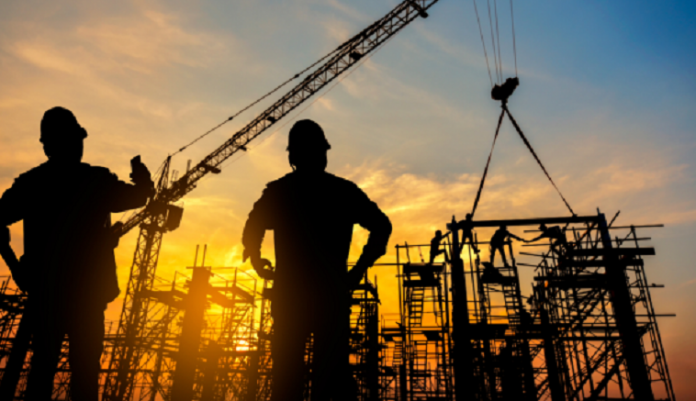When it comes to the construction industry, there are important reasons to believe that VR (Virtual Reality) and AR (Augmented Reality) may potentially bring about a significant change. This may not happen overnight, but it certainly will start positively impacting the construction industry in the years and decades to come. However, the progress of VR and AR has been slow as of now.
This could perhaps be attributed to cost. But as the volume game begins to kick-in, the cost factor will also be addressed. More importantly, the apparent advantages of VR in the construction industry cannot be ignored.
1. The Fascinating World of Simulated Walkthroughs
Simulated walkthroughs with the help of virtual reality may have the potential to bring in a significant amount of information as far as the design aspects of a home are concerned.
So long, the data has remained mostly with the design experts, and the customers have just been able to get some preliminary information about it. However, all these things may become a thing of the past when the construction industry starts making regular use of virtual reality.
The customers will have a near real-life experience of walking through their homes and getting to know every room and every nook and corner. This will be a fascinating experience, and it will make the selling of homes and other commercial properties easier because the customers will know what they are buying.
2. Performing of Risk Assessment
Any construction must be able to assess the possible risk factors and address them before, during, and perhaps even after the installation. The use of VR could be helpful in accurately determining the various risk factors with the use of something known as Virtual Reality Simulation.
It could help in designing better outdoor spaces in multi-storied apartments. The VR technology may also help in identifying areas that could come in handy when there is a need to evacuate people because of some unavoidable and emergency situations.
3. Find out Conflict Areas in Layouts Early in the Day
Many construction entrepreneurs have already started making use of BIM or Building Information Modelling. This is an extension of Virtual Reality.
BIM is considered to be a significant step forward, and it could play an important a proactive role in identifying possible areas of layout conflicts between the various stakeholders and professionals who are in the job of constructing the building based on approved designs.
VR has the capability of taking information to the next level. This is because it helps the designers to walk through virtual spaces, and this, in turn, could help to resolve conflicts proactively rather than doing it reactively.
4. Construction Team can get involved early in The Day
Today, the construction team comes into the picture only when the approved building and construction layout comes to their hand. They go by the building design and may not be able to make changes, and even if it has to be made, it will delay the whole process and push up costs because of time overruns.
This problem can be solved through VR because the information available using VR is shareable, and the construction team can also be a part of the virtual walkthrough. They will be able to point out mistakes and errors that may skip the attention of the design team.
5. Better Preparation for Construction & Better Addressing of Safety Concerns
VR also can help in better preparation for safety training and also help the construction team to have a better understanding of the safety aspects well before the actual construction starts. Part of this solution is integrating IoT into standard road flares to allow different equipment to talk with each other throughout the construction site.
This also may help save quite a bit of time, and the entire process of construction will become efficient, productive, and perhaps even faster. Further, construction professionals may also have a chance of practicing their construction activities through live walkthroughs using VR technology, and this certainly is a vast and positive takeaway.
6. Real-Time Monitoring of Building Construction
There is one more distinct advantage as far as the use of VR in the construction industry is concerned. It can help to build architects, engineers, and construction managers and workers to monitor the progress of the entire project on a real-time basis.
They can make use of thermal devices and may be helpful in identifying areas where things are perhaps going wrong.
Conclusion
It is clearly evident from the above that the construction industry is set to see a qualitative and quantitative change in productivity, safety, error monitoring, and solutions to them by making use of Virtual Reality technologies.

